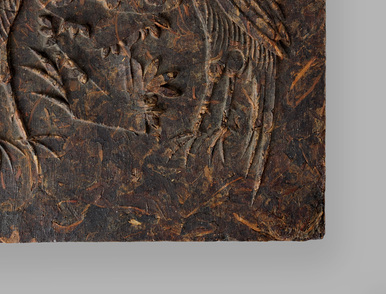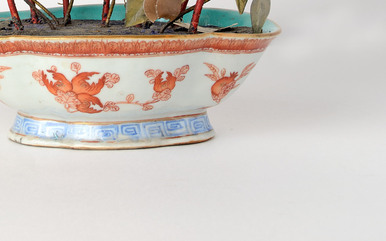Customs operations were established in Siberia based on Russia’s experience along with the exploration of the region. In 1600, a customs hut was built in Verkhoturye. By 1603, customs offices had appeared in Tobolsk, Tyumen, Tara, Surgut, Berezov, and Mangazeya, and by 1682 — in Irkutsk. They operated based on Russian legislation.
Founded in 1727, the Kyakhta Customs Office was a particularly important one for the Russian Empire due to its strategic position close to the border, the large sums of duties levied, and several other factors. Orders and decrees were issued specifically for the Kyakhta Office. The Kyakhta Tariff was not even considered an element of Russian-Asian trade but rather an area of focus of its own.
In 1743, the Senate ordered the classification of the Kyakhta Outpost as a trading settlement. In the first years of its existence, Russian-Chinese trade was slow. This was associated with the introduction of a monopoly on fur, gold, and silver. Widespread smuggling, especially that of fur, motivated the authorities to tighten customs checks and increase the number of customs offices and employees.
In January 1744, the Senate suggested to the Selenginsk commandant Varfolomey Yakobi the idea “to build a ditch and posts to prevent the smuggling of goods across the Chinese border.” For the same purpose in February 1744, the Kyakhta Customs Office was instructed “to apply a special seal.”
According to the document, any unsealed goods were to be “irrevocably forfeited”, while “the merchants selling unsealed goods in such areas” were to be “severely punished and whipped mercilessly in order to put an end to theft once and for all.”
Trade supervision was initially entrusted to the Troitskosavsky Border Chancellery. Later, a customs office and a border outpost were established to prevent illegal transportation. The customs office was located in Kyakhta and the outpost — four kilometers away in the Troitskaya Fortress.
When bringing goods to Kyakhta, merchants had to report to the customs officials who checked whether the merchants had paid the duty in Verkhoturye or other Siberian towns. If the duties had not been paid previously, they were collected in Kyakhta. The duties were also levied on Chinese goods.
When leaving Kyakhta, a
merchant had to stop at the outpost where the customs seal was inspected.
Without a seal, tea could not be transported across the country. In 1772,
Kyakhta became the only center of legal Russian-Chinese trade.



